Simple Tips for Comfortable Orthotics
Understanding Orthotics
Orthotics are specialized inserts that are placed inside shoes to provide additional support and comfort to the feet. They are designed to address various foot-related issues and help alleviate discomfort. In this section, we will explore what orthotics are, discuss the benefits of using them, and address some common issues that may arise with orthotic comfort.
What Are Orthotics?
Orthotics, also known as insoles or shoe inserts, are devices that are inserted into footwear to provide additional support and cushioning to the feet. They are often recommended by healthcare professionals, such as podiatrists, to address specific foot conditions or to improve overall foot comfort. Orthotics are available in various shapes, sizes, and materials to cater to different foot types and needs.
Benefits of Using Orthotics
There are several benefits to using orthotics. Firstly, they can help provide proper alignment and support to the feet, which can alleviate pain and discomfort associated with foot conditions like plantar fasciitis and flat feet. Orthotics can also help reduce pressure on certain areas of the feet, such as the arches or heels, providing relief from conditions like metatarsalgia or heel pain.
Orthotics can contribute to improved posture and balance, as they help distribute weight evenly across the feet. By providing stability, they can also help reduce the risk of ankle sprains or other injuries caused by improper foot alignment.
Additionally, orthotics can enhance overall comfort while walking or standing for extended periods of time. They can provide extra cushioning and shock absorption, reducing the impact on the feet and joints.
Common Issues with Orthotic Comfort
While orthotics can greatly improve foot comfort, it’s important to address any issues that may arise. Some common issues people may experience with orthotic comfort include:
- Initial Discomfort: It is not uncommon to experience some initial discomfort when first wearing orthotics. This can be due to the foot adjusting to the new support and alignment. However, discomfort should gradually subside as the feet adjust.
- Fit and Size: Ensuring the orthotics are the right size and properly fit into the shoes is essential for optimal comfort. Ill-fitting or oversized orthotics can cause discomfort or lead to blisters.
- Pressure Points: Orthotics that are not properly contoured to the individual’s feet may lead to pressure points or pain in certain areas. Customizing orthotics to fit the specific shape of the feet can help alleviate this issue.
- Arch Support: The level of arch support provided by orthotics may vary depending on the individual’s needs. Some people may find that the arch support is too high or too low, causing discomfort. Selecting orthotics with appropriate arch support can help address this issue.
Remember, if you experience persistent discomfort or pain while using orthotics, it is advisable to consult with a healthcare professional, such as a podiatrist, for further evaluation and assistance.
Understanding the basics of orthotics, their benefits, and potential comfort issues is essential for those seeking to enhance foot comfort and support. By selecting the right orthotics and addressing any comfort concerns, individuals can enjoy the benefits of improved foot health and overall well-being.
Making Orthotics More Comfortable
When it comes to orthotics, comfort is key. If you find that your orthotics are causing discomfort or pain, there are several steps you can take to improve their comfort level. Here are some tips to make your orthotics more comfortable:
Choose the Right Size and Fit
Selecting the correct size and fit for your orthotics is crucial for ensuring comfort. It’s important to follow the sizing guidelines provided by the manufacturer or consult with a healthcare professional. Ill-fitting orthotics can lead to discomfort and ineffective support. Remember, orthotics should fit snugly in your shoes without causing any pressure points or slipping.
Gradually Increase Usage Time
When you first start wearing orthotics, it’s best to gradually increase the amount of time you wear them each day. This allows your feet to adjust to the new support and reduces the likelihood of discomfort. Begin by wearing them for a few hours a day and gradually increase the duration over time. If you experience any pain or discomfort, reduce the wearing time and consult with a healthcare professional.
Break Them In
Similar to breaking in a new pair of shoes, orthotics may require a break-in period to optimize comfort. Start by wearing them for short periods around the house before using them for longer periods or during physical activities. This helps to mold the orthotics to the shape of your feet and reduces any initial discomfort.
Remember, it’s normal to experience some discomfort during the initial adjustment period. However, if the discomfort persists or becomes unbearable, it’s important to seek professional guidance. They can assess the fit and make any necessary adjustments to ensure maximum comfort.
By following these simple tips, you can enhance the comfort of your orthotics and make them a seamless part of your daily routine. Don’t forget to consult with a healthcare professional for personalized advice and recommendations.
Enhancing Comfort with Adjustments
To ensure optimal comfort while wearing orthotics, there are several adjustments you can make to customize them for your feet. These adjustments can help alleviate discomfort and provide a better overall experience. Here are some tips for enhancing comfort with orthotic adjustments:
Customizing Orthotics for Your Feet
Orthotics are often designed to provide general support, but everyone’s feet are unique. Customizing your orthotics to fit your feet can greatly enhance comfort. You can visit a podiatrist or orthotist to have custom orthotics made specifically for your feet. These custom orthotics are tailored to address your specific foot shape, arch type, and any specific foot conditions you may have. Custom orthotics offer personalized support, which can significantly improve comfort.
Adding Extra Cushioning
Sometimes, orthotics may feel too firm or lack sufficient cushioning for your liking. In such cases, adding extra cushioning can make a noticeable difference in comfort. You can try using memory foam insoles or gel insoles on top of your orthotics to provide an extra layer of cushioning and shock absorption. These insoles can help alleviate pressure points and provide a softer feel under your feet. However, make sure that adding extra cushioning does not affect the fit of your shoes or cause them to feel too tight.
Using Gel Pads or Heel Cups
If you experience discomfort in specific areas of your feet, such as the ball of the foot or the heel, gel pads or heel cups can offer targeted relief. Gel pads can be placed in areas where you experience excessive pressure or discomfort, providing cushioning and reducing friction. Heel cups, on the other hand, can help stabilize the heel and provide additional support. These adjustments can help alleviate discomfort and improve the overall fit and feel of your orthotics.
By customizing your orthotics for your feet, adding extra cushioning, and using gel pads or heel cups, you can enhance the comfort of your orthotics and make them more enjoyable to wear. Remember, if you experience persistent discomfort or pain, it’s important to consult with a healthcare professional, such as a podiatrist, to ensure that your orthotics are properly fitted and meet your specific needs.
Proper Footwear for Orthotics
Selecting the right footwear is essential for maximizing the comfort and effectiveness of your orthotics. When it comes to choosing shoes to accommodate orthotics, there are a few key factors to consider: removable insoles, adequate arch support, and proper fit with a roomy toe box.
Selecting Shoes with Removable Insoles
To accommodate orthotics, it’s important to choose shoes with removable insoles. This allows you to replace the existing insoles with your custom orthotics, ensuring a proper fit and maximum comfort. Look for shoes that have a design specifically catered to removable insoles, as they will provide the necessary space and stability for your orthotics. If you’re unsure which shoe brands are recommended, check out our article on what shoe brands do podiatrists recommend.
Ensuring Adequate Arch Support
Orthotics are often prescribed to provide additional support to the arches of the feet. When choosing footwear for orthotics, it’s crucial to ensure that the shoes offer adequate arch support. Look for shoes with built-in arch support or those that can accommodate your orthotics without compromising their effectiveness. For individuals with high arches, selecting shoes with high arch support insoles can provide the necessary support. Check out our article on best high arch support insoles for more information.
Roomy Toe Box and Proper Fit
A roomy toe box is important to prevent any discomfort or cramping caused by the orthotics. Your toes should have sufficient space to move and wiggle comfortably inside the shoes. Additionally, ensure that the shoes fit properly to avoid any unnecessary pressure or friction. Ill-fitting shoes can lead to discomfort and even foot problems. It’s recommended to measure your feet and refer to size charts to find the most appropriate fit. For more information on choosing the right size, check out our article on should insoles be the same size as the shoe.
By selecting shoes with removable insoles, ensuring adequate arch support, and finding a proper fit with a roomy toe box, you can create a comfortable and supportive environment for your orthotics. Remember, comfortable orthotics are essential for providing the necessary support and alleviating foot discomfort.
Maintaining Orthotic Comfort
After investing in a pair of orthotics to enhance your foot comfort, it’s essential to take proper care of them to ensure they continue to provide the support you need. In this section, we will explore some tips for maintaining the comfort of your orthotics, including regular cleaning and care, replacing worn-out orthotics, and seeking professional help when needed.
Regular Cleaning and Care
To maintain the comfort and hygiene of your orthotics, it’s important to incorporate regular cleaning and care into your routine. Here are some simple steps to follow:
- Remove the orthotics: Take out the orthotics from your shoes before starting the cleaning process.
- Gently wipe the surface: Use a mild soap or detergent and a soft cloth or sponge to clean the surface of the orthotics. Avoid using harsh chemicals or abrasive materials that could damage the orthotics.
- Rinse thoroughly: After cleaning, rinse the orthotics with water to remove any soap residue.
- Air dry: Allow the orthotics to air dry completely before placing them back in your shoes. Avoid using direct heat sources, such as hair dryers or heaters, as excessive heat can deform the orthotics.
By following these simple cleaning steps, you can maintain the cleanliness and freshness of your orthotics, ensuring they remain comfortable to wear.
Replacing Worn Out Orthotics
Over time, the materials in your orthotics may wear out, leading to a decrease in comfort and support. It’s important to regularly assess the condition of your orthotics and replace them as needed. Here are some signs that indicate it may be time to replace your orthotics:
- Visible wear and tear: Check for any cracks, fraying, or deformities in the orthotics. If you notice significant damage, it’s time for a replacement.
- Reduced cushioning: If you feel that the cushioning in your orthotics has significantly compressed or become less supportive, it’s a clear indication that they are no longer providing the necessary comfort.
- Changes in foot pain: If you start experiencing foot pain or discomfort that was not present before, it could be a sign that your orthotics are no longer functioning effectively.
By replacing worn-out orthotics, you can ensure that your feet continue to receive the support they need, leading to enhanced comfort and overall foot health.
Seeking Professional Help
If you’ve followed the tips mentioned earlier and are still experiencing discomfort with your orthotics, it may be beneficial to seek professional help. A podiatrist or a qualified foot specialist can evaluate your orthotics, assess your foot mechanics, and provide recommendations for adjustments or replacements.
Professional help can address any specific issues you may be facing, such as discomfort in certain areas or inadequate support. They can also guide you on the selection of alternative orthotics that may better suit your needs.
Don’t hesitate to reach out to a professional if you’re experiencing persistent discomfort or have concerns about the effectiveness of your orthotics. Their expertise can help ensure that you find the most comfortable orthotic solution for your unique foot needs.
By practicing regular cleaning and care, replacing worn-out orthotics when necessary, and seeking professional help when needed, you can maintain the comfort of your orthotics and continue to enjoy the benefits they provide. Remember, comfortable orthotics are key to supporting your feet and promoting overall foot health.

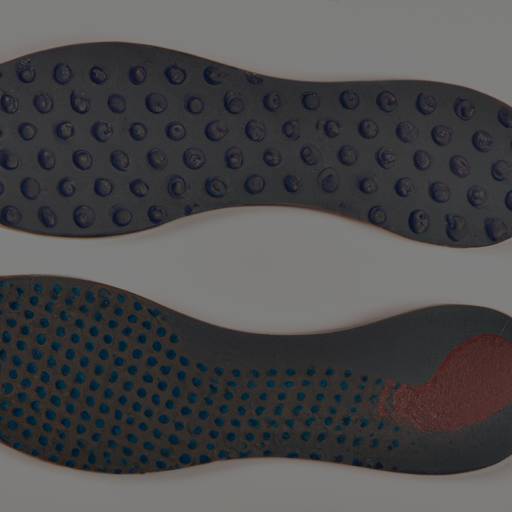
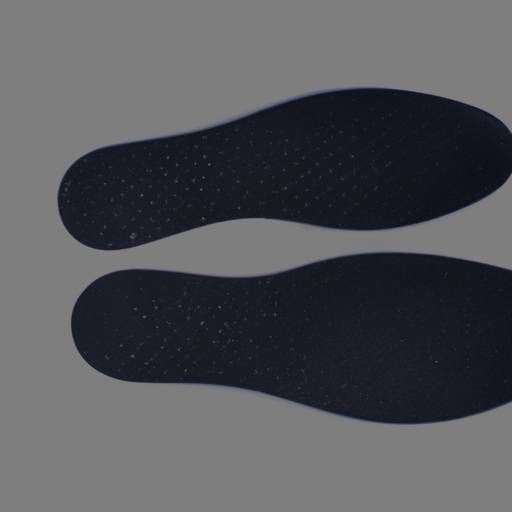
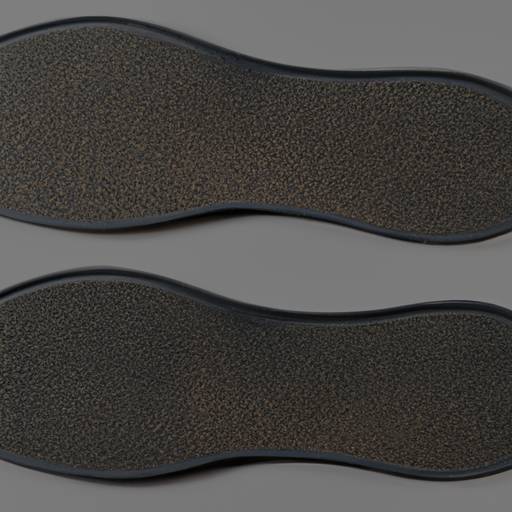
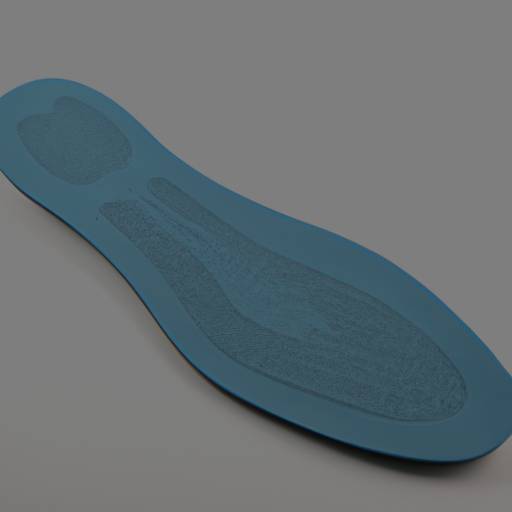
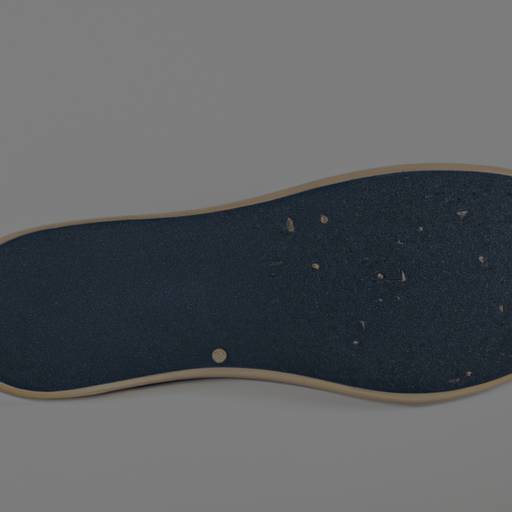
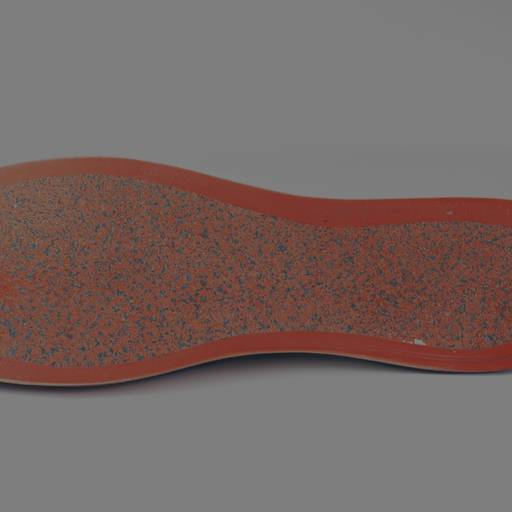
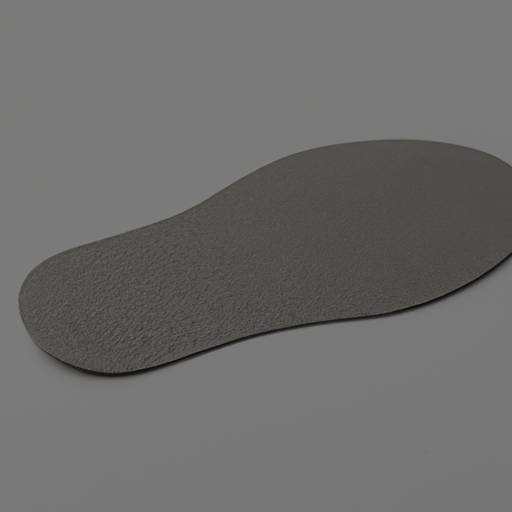
One Comment